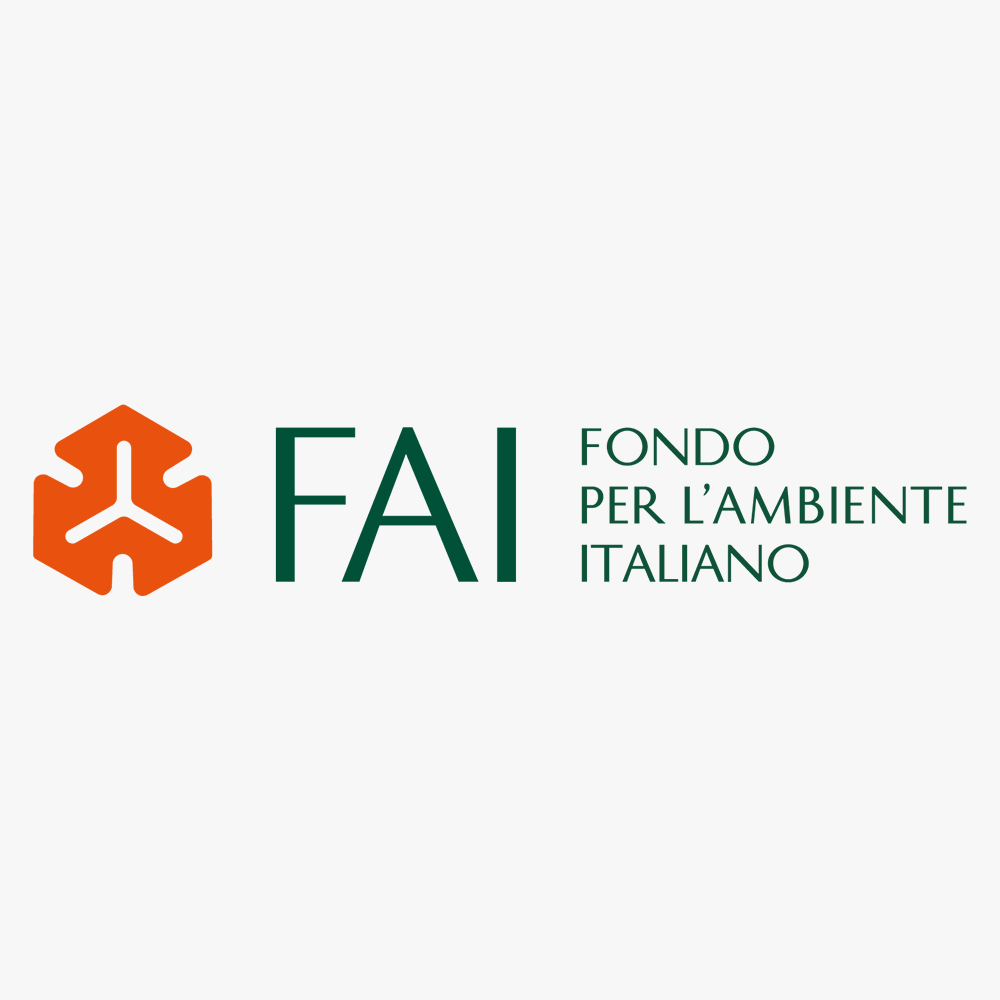Cultural Partners
Precious contributions
Cultural Partners
The Michelangelo Foundation and its principal partners are very appreciative of the support of our cultural partners, who share the collective vision behind the Homo Faber event; to contribute too and safeguard important intangible and tangible cultural heritage embodied by European and Japanese fine craftsmanship which is showcased at the exhibition. The representative cultural institutions seek to protect and perpetuate craftsmanship traditions emblematic of their countries through cultural awareness programmes and initiatives, echoing the foundation’s founding values.
-
 Association des Mains de Maîtres
Association des Mains de Maîtres
The Association De Mains de Maîtres Luxembourg is a non-profit organisation aiming to support and promote craftsmanship in Luxembourg. One of its missions is to establish a fine contemporary craft biennial, which was initiated in 2016 by HRH Princess Stephanie of Luxembourg. The biennial exhibits works of selected Luxembourg creators together with international artists, and builds bridges with other European countries. Aside from the biennial, the association develops a cross-border programme of exhibitions to help export the fine craftsmanship of the Grand-Duchy and spread its spirit internationally. It also delivers scholarships for excellence, reflecting its commitment to encouraging, preserving and passing on artisanal know-how.
-
 The National Trust for Italy
The National Trust for Italy
The National Trust for Italy (Fondo Ambiente Italiano, or FAI) is a non-profit foundation that operates thanks to the support of individuals, companies and institutions. Founded in 1975, FAI is a member of the International National Trusts Organisation (INTO). The trust's mission is to take care of, promote and safeguard special places in Italy for the benefit of current and future generations. It acquires its assets through gifts, donations and bequests. Today, the trust has 56 sites under its care, which are open to the public to enjoy, appreciate and use.








